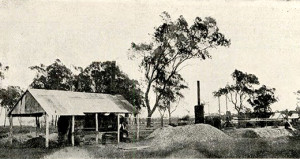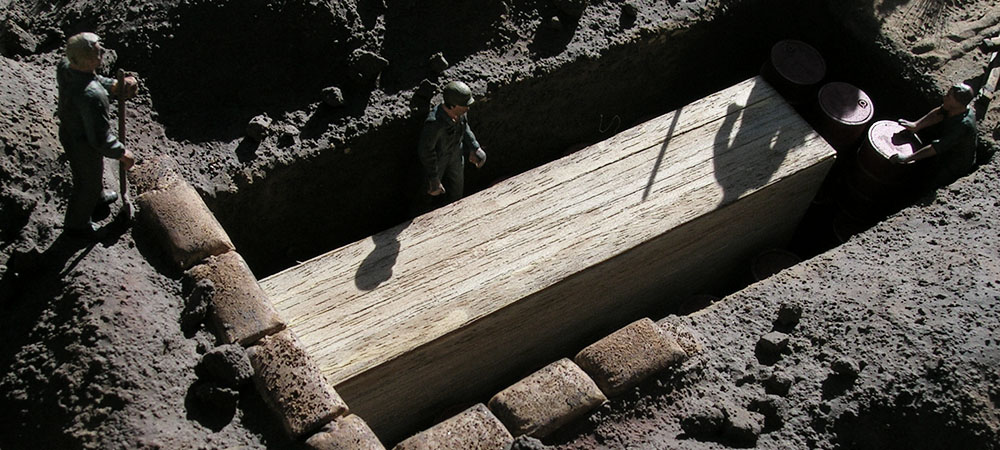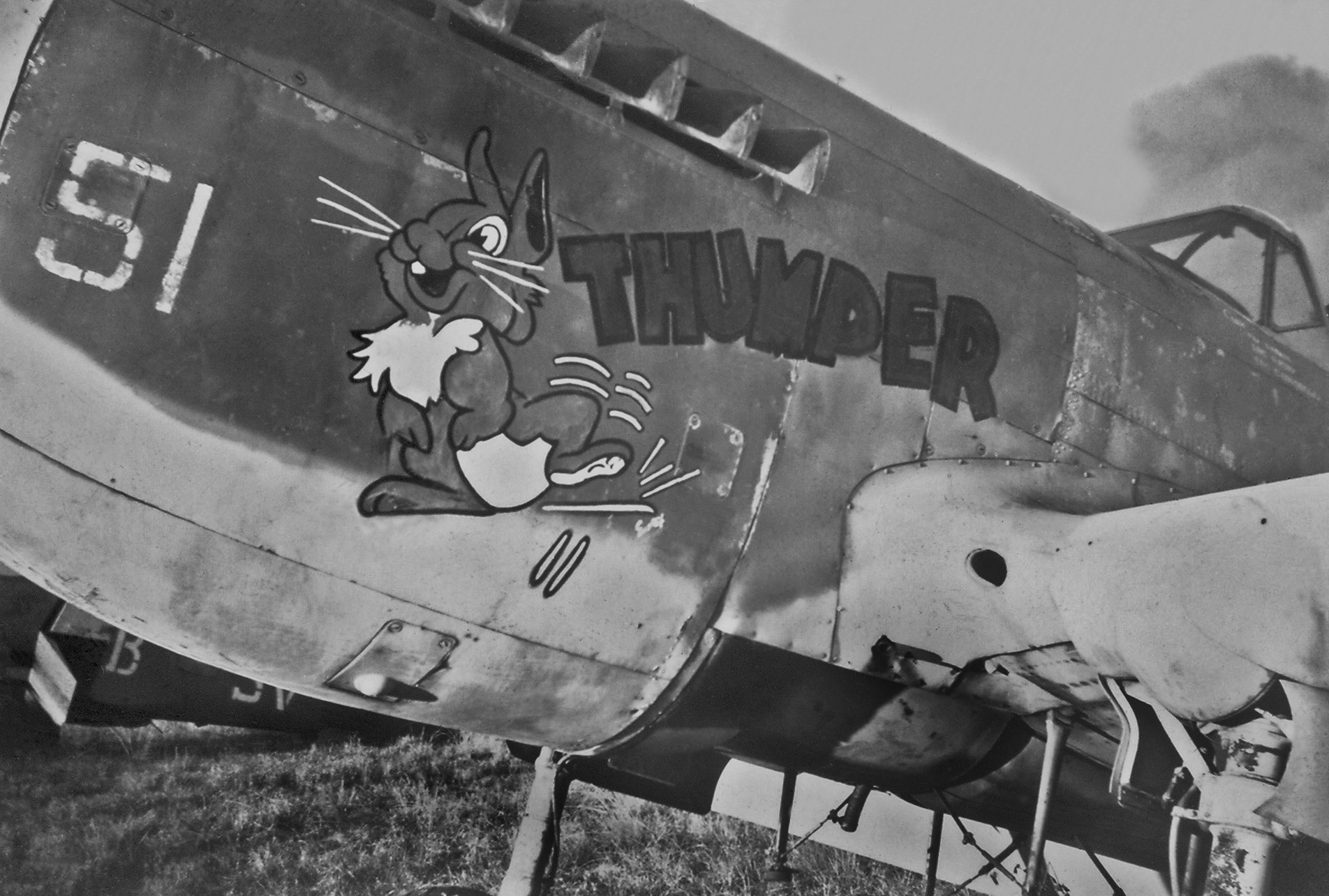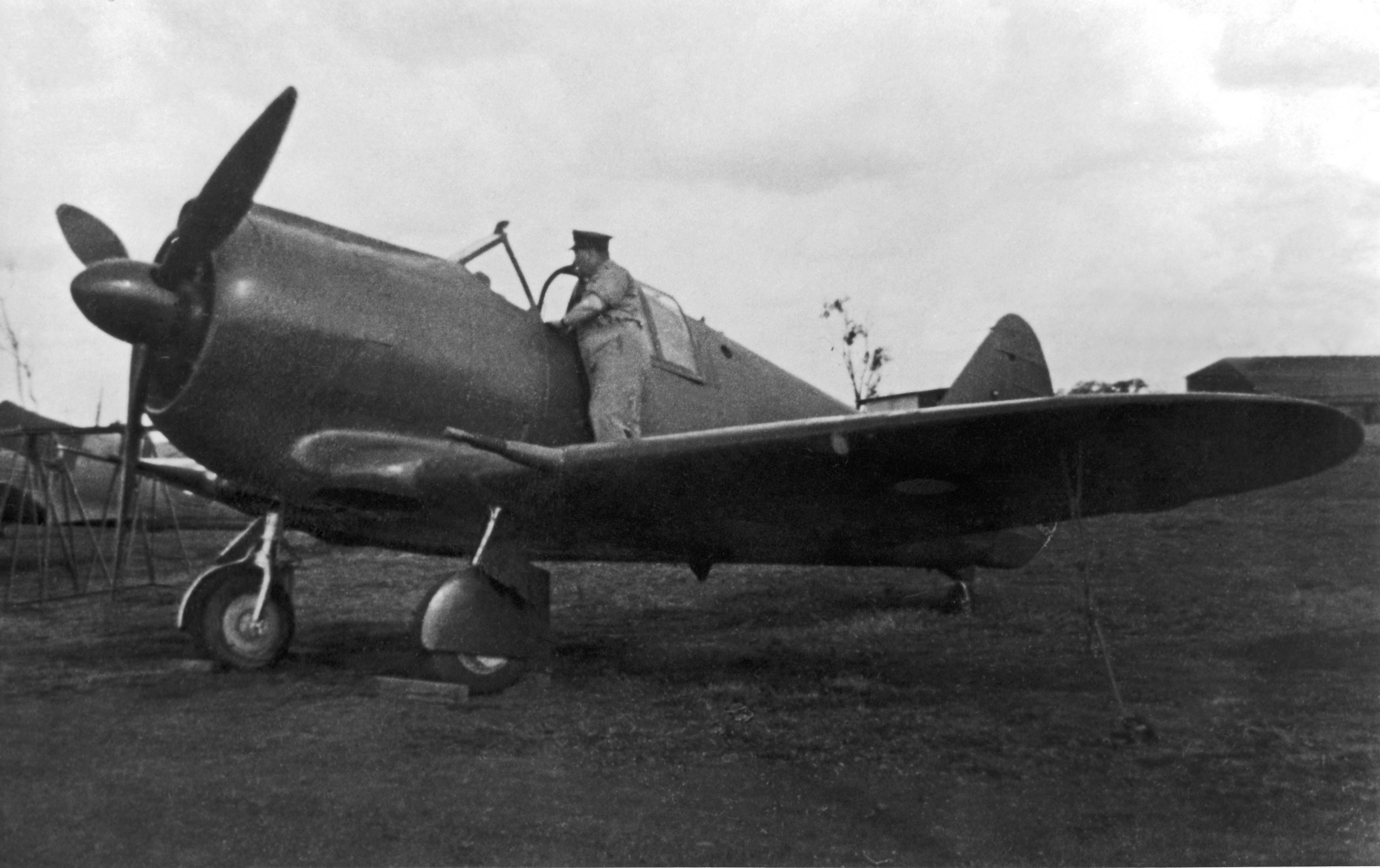The Oakey Legend
With the Second World War now at an end, Australia became home to thousands of military aircraft that had become surplus to Australia’s post war needs. Some were thrown in lakes, dams and disused quarries, many were bulldozed into the ground, whilst hundreds more dumped out at sea.
However, hundreds of aircraft were sent to Aircraft Depots all over Australia to be turned back into components or scrapped and melted down. 6 Aircraft Depot (6AD) at Oakey was no exception. By mid-1946 just over 550 Mustang, Kittyhawk, Boomerang and Spitfire aircraft were sitting at 6AD awaiting disposal. Research has shown that the scrap metal company contracted to dispose of the aircraft underestimated the time it would take to dispose of the aircraft at 6AD.
As they were bound by a contractual deadline for the disposal of the aircraft, this led to a yet undetermined quantity of aircraft pieces being thrown into disused coal mine shafts or nearby rubbish tips by the disposal gangs. For years, stories have surfaced regarding the fighters rumoured to have been buried by airmen who were upset that the planes were being scrapped after World War II.
Located in Queensland, Australia. This map is fully featured so that you can explore the surrounding area.

According to a couple of legends, the airmen put the planes in crates and buried them in either mine shafts, tunnels or pits. These stories have been around for a long time and known to a great many people. Apart from local townsfolk, everyone from local historians, historical societies and aircraft enthusiasts to museums as well as current and former Australian Defence Force Personnel from the Australian Army and Air Force, have all heard about the buried Spitfires. Not every story is exactly the same, but what’s amazing, is they’re all pretty close. It’s these stories and our own research that’s fueling our exhaustive search for these elusive Spitfires.
Why Were The Aircraft Buried?
We’ve developed five different theories as to why the aircraft were buried. Some are as they’ve been described to us, whilst others are our own theories based on research material.
The first is purely for posterity, to preserve the aircraft for future generations. A noble exercise indeed but one must question whether anyone could really be bothered burying something the size of a 40 foot shipping container… by hand.
The second, the Brisbane Line theory. Let’s just suppose that the Air Force, as part of a long term strategy, were instructed to conceal a number of aircraft in the ground in case of a full-scale Japanese land invasion, or in case of future threats to Australia. With Oakey sitting so close to the supposed Brisbane line, what better place to conceal brand new Spitfires than just near Australia’s last line of defence.
Third, a stockpile for use years after their burial in case of a nuclear attack on Australia. Possible but not entirely credible.
Fourth (and most likely), demobilisation. These personnel had just lived through World War II. After six years all they wanted to do was go home, back to their families and get their lives back on track. Going home was so tantalizingly close. The only thing stopping them was clearing out the base. The quickest way to fix that was to dump the aircraft and leftover parts anywhere they could.
And fifth, that the company behind the scrapping of aircraft at Oakey, Austral Bronze, was facing a contractual obligation and simply had to get rid of the aircraft as quickly as they could to meet their looming deadline.
Of course there’s a chance that there were a number of different teams burying Spitfires at different locations for different reasons. Until we locate an aircraft, the reasons behind its burial will remain a theoretical one.


What Makes Broken Wings So Important?
How many times have we seen a documentary like this produced in Australia with a uniquely Australian story attached to it? Stories of good old fashioned adventure and a search for lost ‘treasure’. Not many. Is it that investors don’t share the same passion for this type of subject matter. Is Australia devoid of exciting stories worthy enough to be featured in a documentary? There just maybe some truth in the latter.
Culturally, while Australia is arguably the oldest inhabited continent on earth, European settlers didn’t truly begin to inhabit this country until the late 18th Century. So ‘modern’ settlement by comparison with other continents such as Africa, Europe and the America’s, is relatively young. This means that major archaeological finds are rare indeed. Spanish Galleons loaded with doubloons littering our coast are unheard of.

Thousand year old temples concealed in unexplored, inaccessible jungles are non existent. And so too are ancient tombs containing the remains of kings and queens buried with untold riches for their journey to the afterlife. What’s more we were never invaded by marauding Vikings or Roman Legions, Hannibal or Genghis Khan, who had the courtesy to leave their calling cards behind. Therefore any archaeological expedition in this country deserves special attention, particularly where it directly relates to Australian history. Given the groundswell of public interest and support in our Anzac heritage over recent years, this documentary will have broad public appeal.

Consider the way the news media have picked up similar stories regarding wartime mysteries, such as the search for HMAS Sydney or the missing Japanese midget submarine recently found near Sydney. Similarly this documentary will incite a media frenzy both nationally and internationally and quite obviously the documentary will have a flow on effect from the interest it will undoubtedly generate .
This is an adventure story that brings together what is known and what is not. We’ll weave together fact, fiction, legend, theory, supposition, hypothesis and analysis to bring together a documentary that takes people on a journey to discover whether the Spitfires do in fact exist. If they do, never before have brand new aircraft been recovered from anywhere in the world, and that alone makes this project that much more unique.








